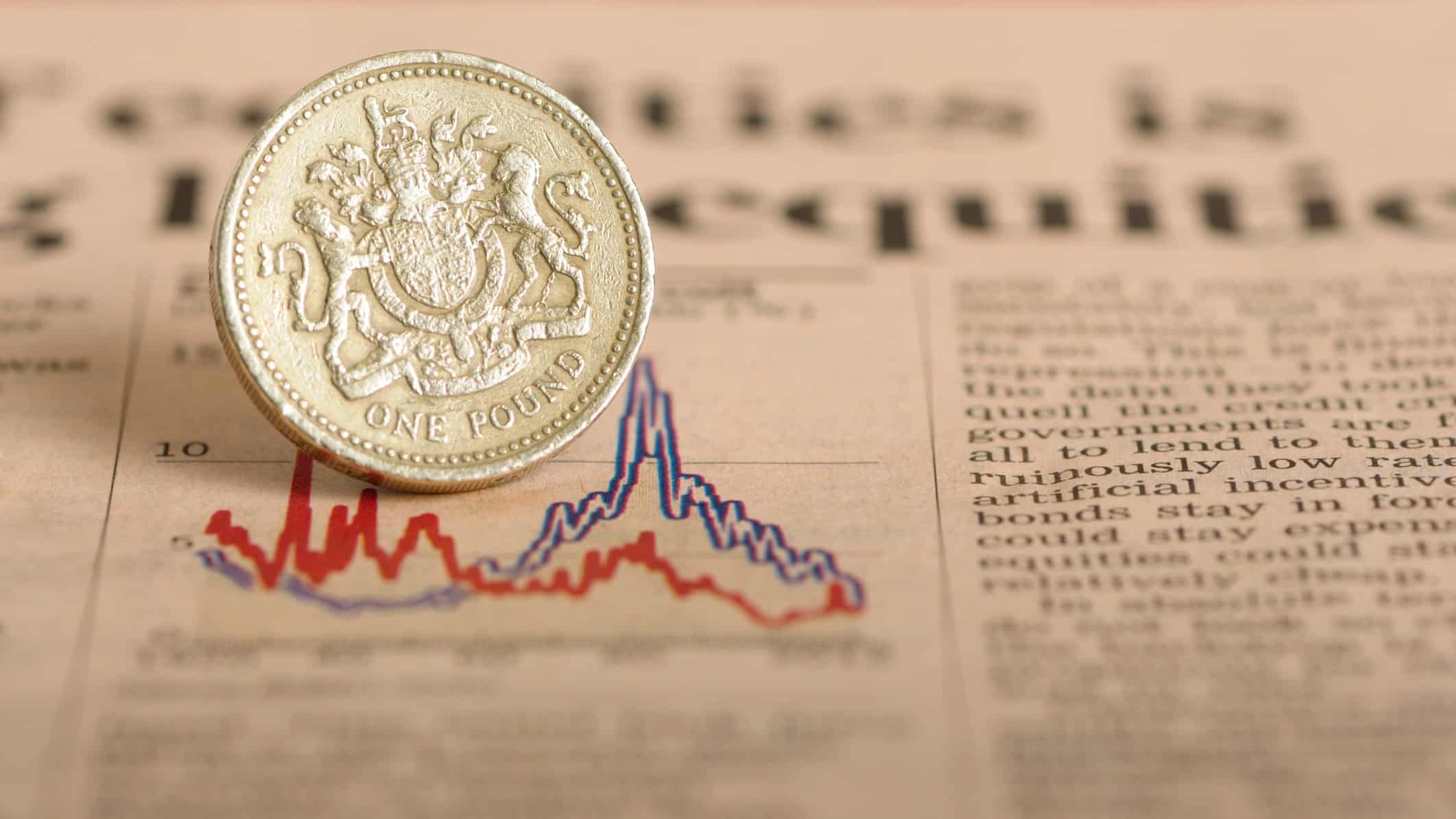With £10,0000 to invest, I’d put it in a Stocks and Shares ISA.
For me, it’s no contest. Over the long haul, shares have outperformed all other mainstream asset classes.
Modest percentages, big compounded gains
And there’s a good illustration of the returns possible from stocks in Warren Buffett’s letters to the shareholders of Berkshire Hathaway — the company he runs.
To begin with, Buffett reckons America’s S&P 500 index produced a compound annual gain of 10.2% between 1964 and 2020. That figure includes the returns from dividends.
10% a year looks modest at first glance, although it beats anything a cash savings account will give me right now. But it pays not to underestimate the power of compounding.
I find it astonishing to learn that compounding that 10.2% a year for 56 years led to an overall gain of 23,453%, according to Buffett. But even that’s just a meaningless figure. To understand it, I need to plug in my figures. So, by investing £10,000 in an investment following the S&P 500 in 1964, I’d have theoretically ended up with a sum of around £2.3m in 2020 — wow!
The illustration demonstrates the awesome power of consistent compounding over time. So, it’s best to get on with it sooner rather than later. But how? One way these days would be to simply invest the money in a low-cost passive index tracker fund that follows the fortunes of the S&P 500. And that’s what I’ve done with some of my money within a Stocks and Shares ISA.
But there’s no certainty the index will perform as well in the years ahead as it has in the past. All shares carry risks. And that’s why I’ve diversified by investing in other trackers and managed funds as well. And on top of that, new money goes into those investments every month.
Enhanced gains achieved by picking stocks
However, Buffett achieved a greater return over the 56-year period. His compounded annual gain came in at 20%. But even that looks unimpressive by the standards of some investors. Nevertheless, it’s amazing what the difference between 10% and 20% makes over time when we’re compounding.
Buffett reckons his overall gain over 56 years came in at 2,810,526%. Now, that is an impressive figure! But what would it do my £10K? Investing the money in 1964 and compounding an annualised return of 20% for 54 years would give me the sum of about £271m — my calculator couldn’t cope with that calculation, and I know how it feels. Indeed, the overall return is mind-boggling.
Buffet created his enhanced gains by picking individual stocks and businesses very carefully and buying them at opportune times. His performance — and the comparative performance passive stock investing can produce — keeps me keen to invest in stocks.
However, shares carry risks and positive investment outcomes are not guaranteed. Nevertheless, I’m working hard on my investment strategy, stock watch list, and self-discipline with a determination to keep going.






